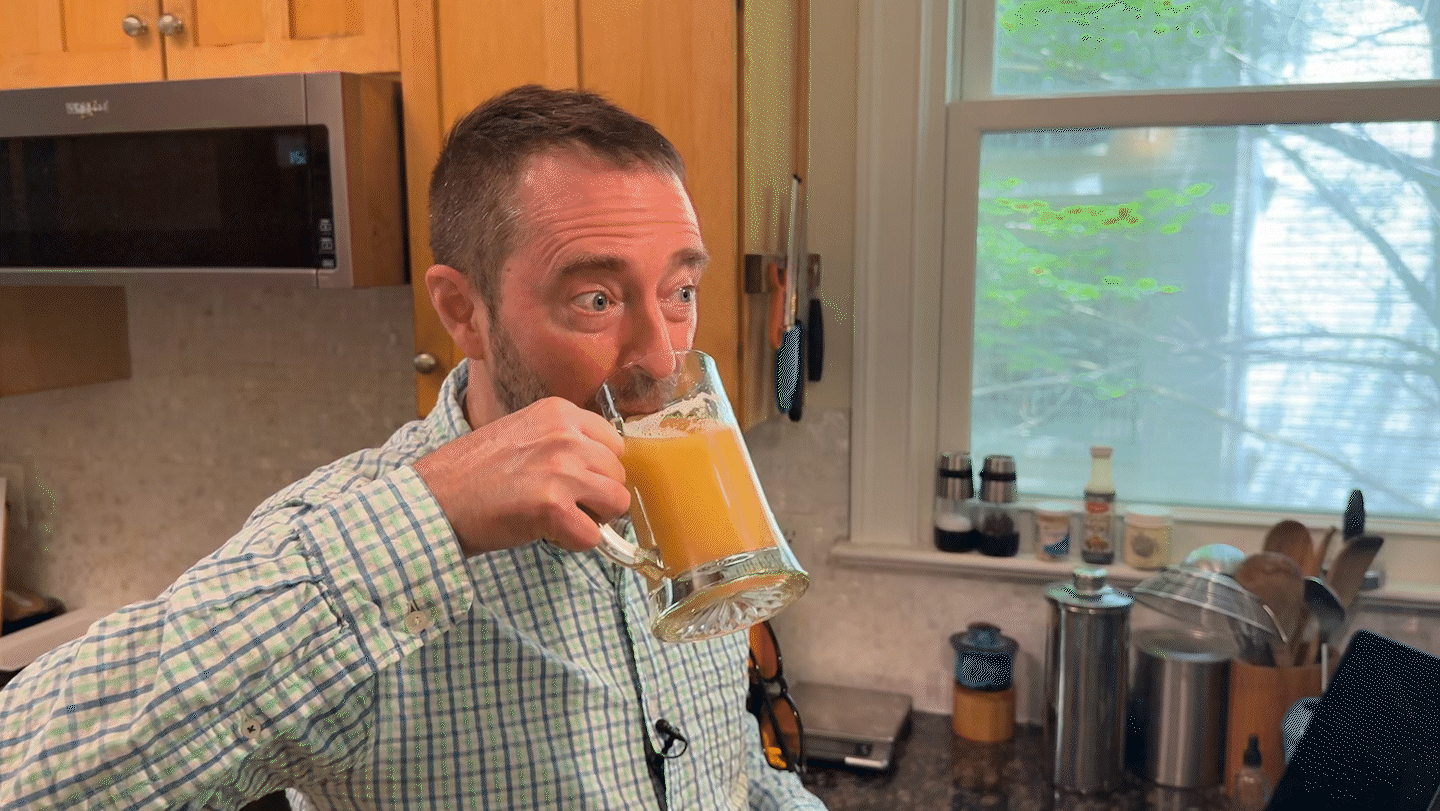Stopping menopausal hormones may require more bone monitoring
Fracture risk can rise after therapy stops, highlighting the need for follow-ups

Some women face a higher risk of fractures after stopping menopausal hormone therapy, a new study suggests. The risk can depend on how long the therapy lasted.
fcafotodigital/Getty Images
Women who have just stopped menopausal hormone therapy might have a small increased risk of bone fractures compared with those who never took these medications.
A review of women’s health records revealed an association between an initial rise in fracture risk and women who had used the medication for less than 5 years, researchers report July 23 in the Lancet Healthy Longevity. This suggests it could be important to track some women’s bone health in the years after stopping hormone therapy.
Hormone therapies are approved by the U.S. Food and Drug Administration as a preventive treatment for bone weakening during menopause. A 2022 statement from the North American Menopause Society (now known as the Menopause Society) recommends their use to prevent fractures in women up to 60 years old or who are within 10 years of menopause, as long as there are no contraindications like a history of breast cancer.
But the new findings suggest that these treatments might also come with some risk to women’s bones once they stop taking the drugs.
Around 1 in 4 U.S. women 65 and over are diagnosed with osteoporosis, a loss of bone density that makes bones weak and more likely to break. It is especially common after menopause, when estrogen production declines. Estrogen is “in skin, it’s in our brain, it’s in our bones,” says Yana Vinogradova, a medical statistician at the University of Nottingham in England. Its loss causes brittle bones, difficulty sleeping and other symptoms. “The whole body is affected,” she says
Menopausal hormone therapy, or MHT, which delivers estrogen and other hormones through pills or patches, can be used to ease symptoms such as hot flashes and night sweats in the early years of menopause — and it can also reduce fracture risk. But most women who start the therapy don’t take the hormones the rest of their lives, says JoAnn Manson, an endocrinologist at Brigham and Women’s Hospital in Boston.
That’s because in the early 2000s, a clinical trial showed that hormone pills containing estrogen and progestin could raise the risk of breast cancer, blood clots, stroke and heart disease. This led many physicians to discontinue MHT in women over 60 who have also gone through most of the menopause symptoms, Manson says.
But the prevention of bone density loss goes away when women stop taking these medications, she notes.
How this decreased bone density affects the risk of breaks has been less clear. A follow-up of that clinical trial showed no change in the fracture risk of women who stopped MHT. But some observational studies have found that the risk does go up, says Stephanie Faubion, an internist at Mayo Clinic in Rochester, Minn., and medical director of the Menopause Society.
“The problem,” Vinogradova says, “is that it always depends on how many people you have.” Large studies show what happens on average, so she and her colleagues analyzed the medical records of more than 3 million U.K. women 40 and over who were registered with a primary care doctor.
The team found that women who had stopped estrogen-progestogen therapies between one and 10 years of starting had an increased fracture risk. If you followed 10,000 women age 40 and older for a year, there would be 156 fractures in women who had taken the drugs for less than five years — 14 more than nonusers.
It would be very important to watch out for this initial increased risk, Faubion says. “Do we need to use another drug … to help them not lose bone during that time?”
The risk was lower for women who used these MHTs for five or more years, with only five additional fractures over the baseline. This treatment also provided lasting benefits: more than a decade after stopping, these women had 13 fewer fractures compared with nonusers.
Deciding whether to start or continue hormone therapy is complex, Manson says. A woman at high risk of osteoporosis but low risk of cancer and stroke might be a good candidate for long-term use, but others might not. “It has to be a personalized decision based on the individual woman’s benefits and risks,” she says. Clinical trials, rather than less-controlled observational studies, are needed to confirm whether stopping MHT truly increases fracture risk, she adds.
Faubion has already sent the new study to her menopause women’s health group. “We’re going to have to talk about what we’re going to do differently now, but I do think it will in some ways change practice.”







